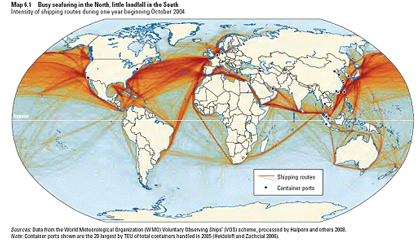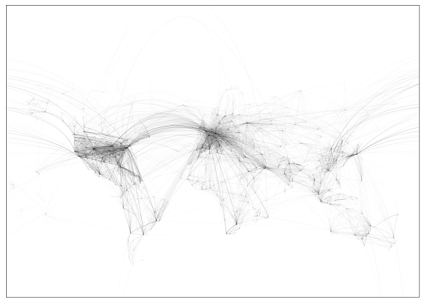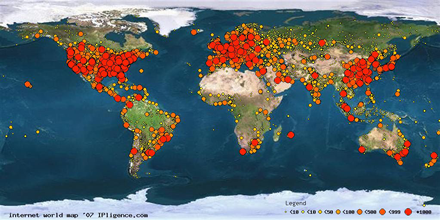Who knew that the aid organization most responsive to feedback is: the military?
I didn't see this one coming: that the nicest responses I have ever gotten to criticisms made on this blog came from military officers (both this time and on one previous occasion). I didn't know that a command-and-control ARMY would prove about 1 trillion times more responsive than the civilians at USAID. I didn't know that a Lieutenant General would handle criticism better than a Starbucks PR executivewho flamed out in response to another blog post (what DO they teach in PR school?) . OK, admittedly, the military hasn't changed anything yet that I know of, but at least they've engaged in a dialogue. Anyway I received this email from Lieutenant General William B. Caldwell IV in response to forwarding my mockery of the Powerpoint slides on nation-building in Afghanistan (also known as counter-insurgency or COIN):
Classification: UNCLASSIFIED Caveats: NONE
Bill:
do appreciate you passing this along to us in Kabul. Gave up command of the Combined Arms Center at Fort Leavenworth on 2 November and immediately deployed to Afghanistan. On 21 November assumed command here of the NATO Training Mission -- Afghanistan (which we activated at the same time) and Commanding General of CSTC-A. That said -- your blog hits home for all of us here.
Know that the ISAF team is looking at a variety of different products, including those you highlighted in your tweet. What I can tell you is that I have oversight and responsibility for our COIN Academy here and we are not using these slides in our instruction. There is a place for it among technical folks -- but not for the practitioner on the ground. Would be glad to share more about our Academy -- but suffice it to say, these are not our slides - and not how we teach COIN.
That said -- if anything, the slides reveal the sheer complexity of the problem we are all contending with -- at times so complex that it proves elusive to social mapping, as you can see. Do want you to know that those are only one of many items considered by the senior staff in their analysis, as we focus in on how best to proceed in our mission. Believe that as we leverage the best minds in this business -- of which you are a vital element -- the future prospects for Afghanistan will become brighter.
As an advocate for the practice, want you to know that your blogs are a welcome -- and refreshing -- presence. This is essential to our growth as an institution, and to our ability to learn. Your efforts are greatly appreciated, believe me.
Best to you and your family this holiday season. We have snow in Afghanistan, so at least we'll have a white Christmas here, although far from home and loved ones.
Best -- Bill
 From Aid to Equality
From Aid to Equality




